Have you ever wondered why ultrasonic cleaner dental appliance cleaning is rapidly becoming the go-to method for keeping aligners, retainers, and other dental appliances hygienic? Dental appliances can harbor bacteria and plaque that traditional cleaning often misses. Ultrasonic cleaning offers a technologically advanced solution that penetrates deep into every crevice to remove harmful microbes efficiently and safely. In this article, we’ll explore the science behind ultrasonic cleaning technology and show how it removes bacteria from dental appliances, helping you maintain optimal oral health.
Understanding Ultrasonic Cleaner Dental Appliance Cleaning
What Is Ultrasonic Cleaning?
Ultrasonic cleaner dental appliance cleaning relies on high-frequency sound waves—typically above 20 kHz—that are emitted into a cleaning solution, usually water combined with a mild detergent or specialized cleaner. The ultrasonic waves cause microscopic bubbles to form and collapse rapidly in a process called cavitation. These tiny implosions generate powerful mechanical energy that dislodges bacteria, plaque, and debris from the surfaces of dental appliances like retainers, night guards, and aligners.
How Ultrasonic Cleaning Is Different From Manual Methods
Manual cleaning often involves brushing and soaking with cleaners, but these methods only clean surfaces that are directly accessible. Ultrasonic cleaning reaches unseen micro-crevices, effectively removing bacteria colonies hidden where manual scrubbing cannot reach. This level of cleaning is vital for appliances with complex shapes and materials sensitive to abrasive treatments.
The Science Behind Bacteria Removal
Cavitation: The Key Mechanism
The cavitation phenomenon is central to ultrasonic cleaning. Millions of microscopic bubbles rapidly form and collapse on contact with the appliance surface, generating shear forces that sheer biofilm and bacterial cells away without damaging the appliance.
Why Bacteria and Plaque Are Vulnerable to Ultrasonic Cleaners
Bacteria in dental appliances usually exist within biofilms – slimy, sticky layers that protect colonies. Ultrasonic waves disrupt these biofilms mechanically and increase cleaning solution penetration, breaking down bacterial cell walls and flushing out plaque effectively.
Applications for Different Dental Appliances
Aligners and Retainers
Clear aligners and retainers require gentle but thorough cleaning to avoid damage to their plastics while ensuring bacteria and stains are removed. The module ultrasonic cleaning pod for dental appliances is designed for this balance, delivering powerful cavitation combined with a mild cleaning environment.
Night Guards and Dentures
These appliances often accumulate thicker biofilms and deposits. The force of ultrasonic cleaning ensures these tougher contaminants are broken down, preserving the appliance integrity and extending its wearable life. Combining ultrasonic technology with UV cleaning machines further enhances sterilization by neutralizing residual microbes after the ultrasonic treatment.
Key Benefits of Ultrasonic Cleaner Dental Appliance Cleaning
- Deep Cleaning: Penetrates crevices unreachable by brushing or soaking.
- Efficient Bacteria Removal: Breaks up biofilm and kills bacteria more effectively than conventional methods.
- Gentle on Materials: Ideal for delicate plastics like PETG and EVA used in dental appliances.
- Time-saving: Cleans dental appliances thoroughly in minutes.
- Improved Oral Health: Reduces odors, infections, and plaque buildup linked to oral diseases.
How to Use Ultrasonic Cleaner for Dental Appliances Properly
Step-by-Step Cleaning Process
- Fill the ultrasonic cleaner tank with water or a recommended cleaning solution.
- Place your dental appliance carefully into the basket inside the tank to avoid direct contact with the bottom.
- Set the timer according to manufacturer instructions—usually between 3 to 10 minutes.
- Run the cleaning cycle; ultrasonic waves will generate cavitation to clean the surface and crevices.
- After the cycle completes, rinse the appliance under running water and dry thoroughly before use.
Maintenance Tips to Maximize Efficiency
Regularly changing the cleaning solution, avoiding harsh chemicals like bleach or peroxide, and operating the cleaner on a flat, stable surface will ensure consistent cleaning performance. For best results, pair ultrasonic cleaning with occasional UV sanitation or approved antibacterial sprays.
Conclusion: Why Ultrasonic Cleaner Dental Appliance Cleaning Is Essential
Ultrasonic cleaner dental appliance cleaning offers a scientifically proven and efficient way to remove bacteria and plaque from all types of dental appliances. By leveraging cavitation technology, these cleaners reach every microscopic surface area, providing a thorough and gentle clean that manual methods simply cannot achieve. To experience the best results tailored for dental appliances, explore high-quality ultrasonic cleaners like the modular ultrasonic cleaning pod designed specifically for dental care. Keep your dental appliances safe, clean, and bacteria-free, and enjoy a healthier smile every day.
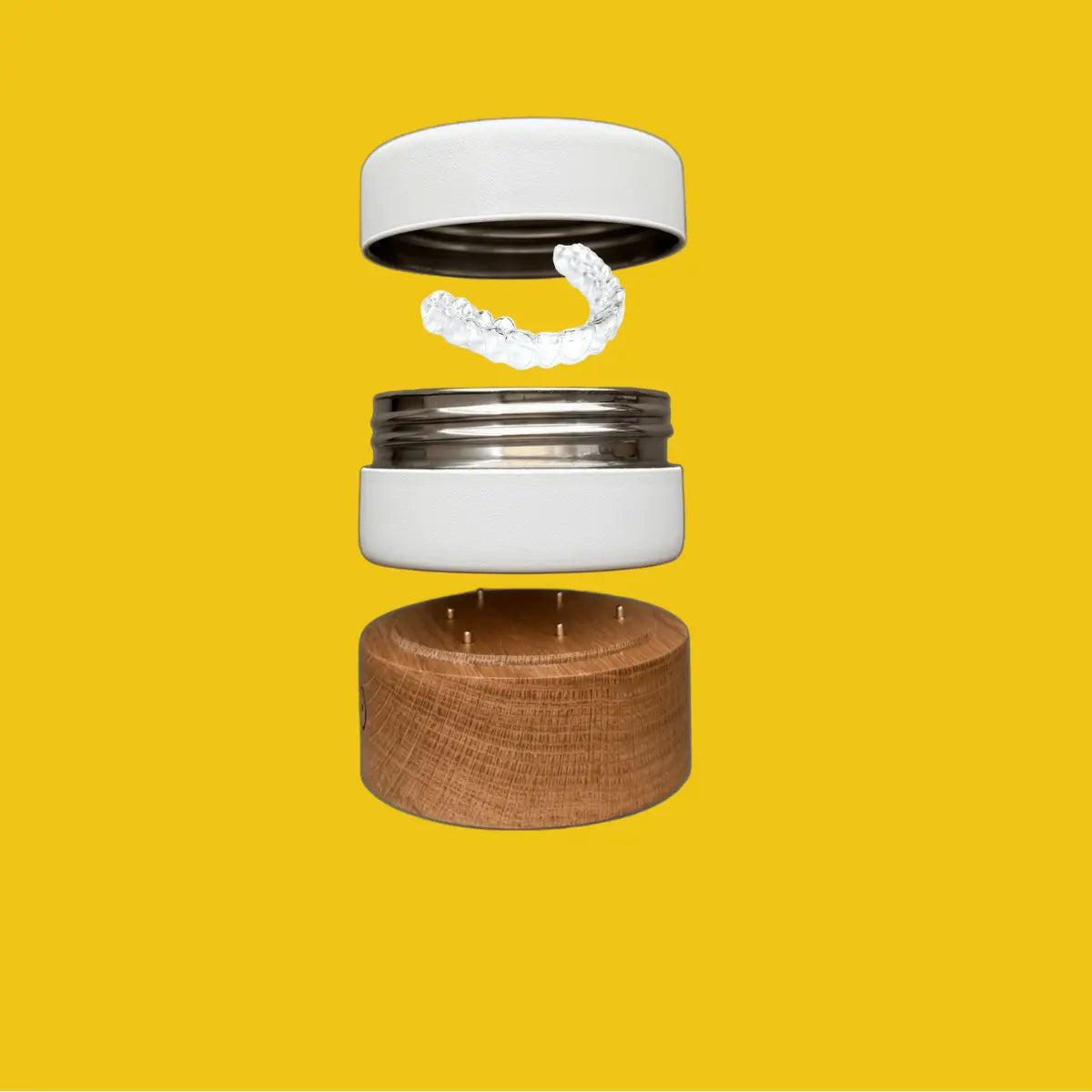
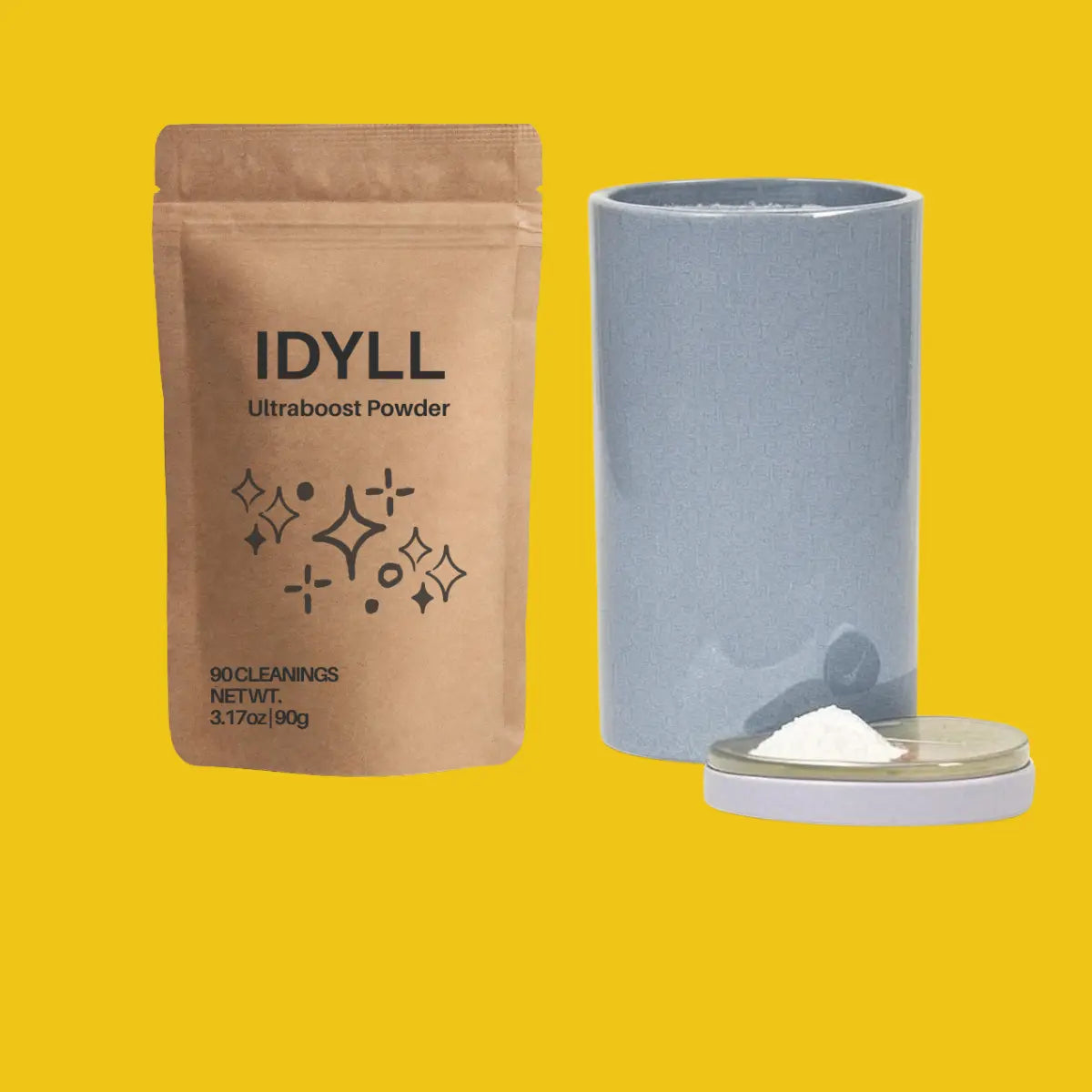

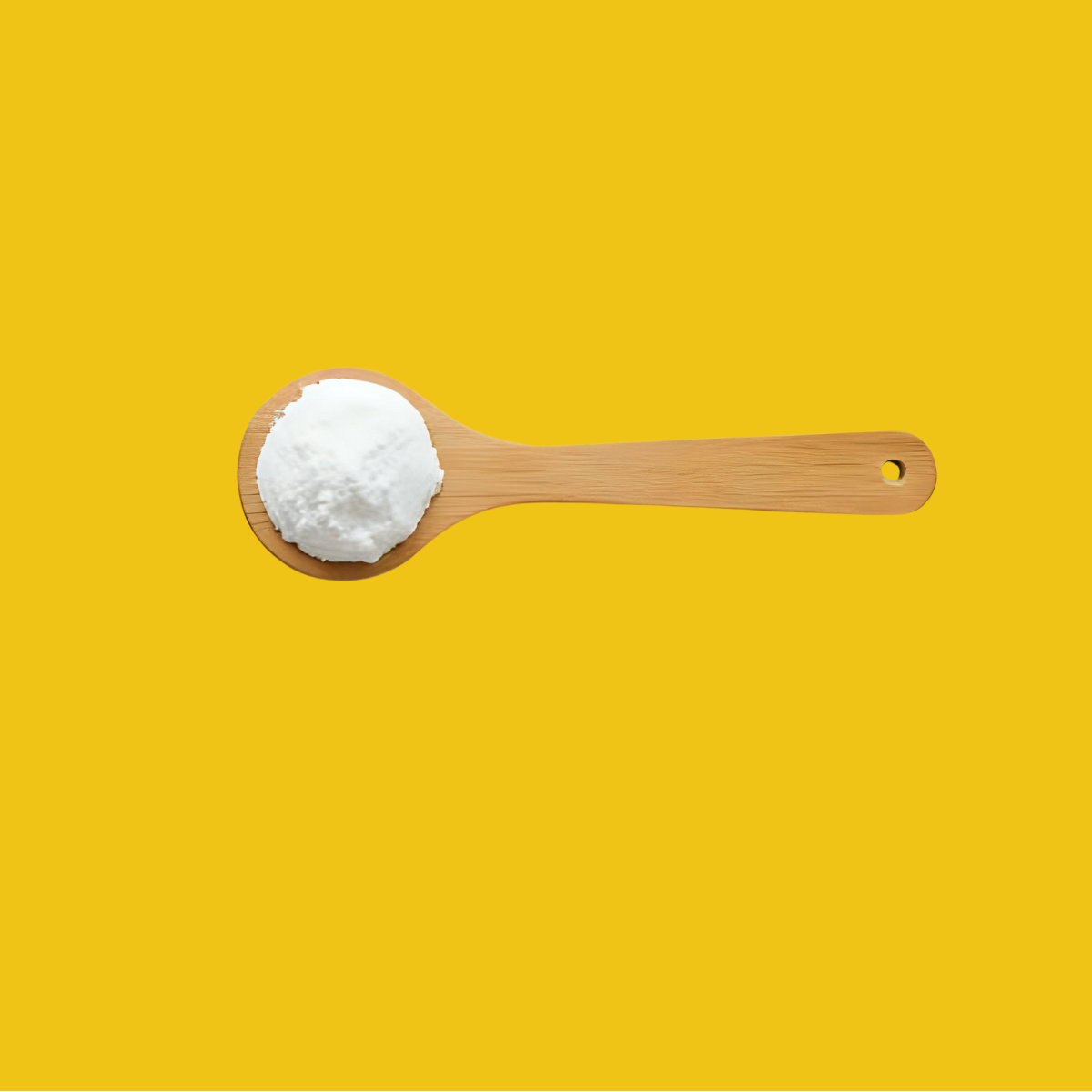

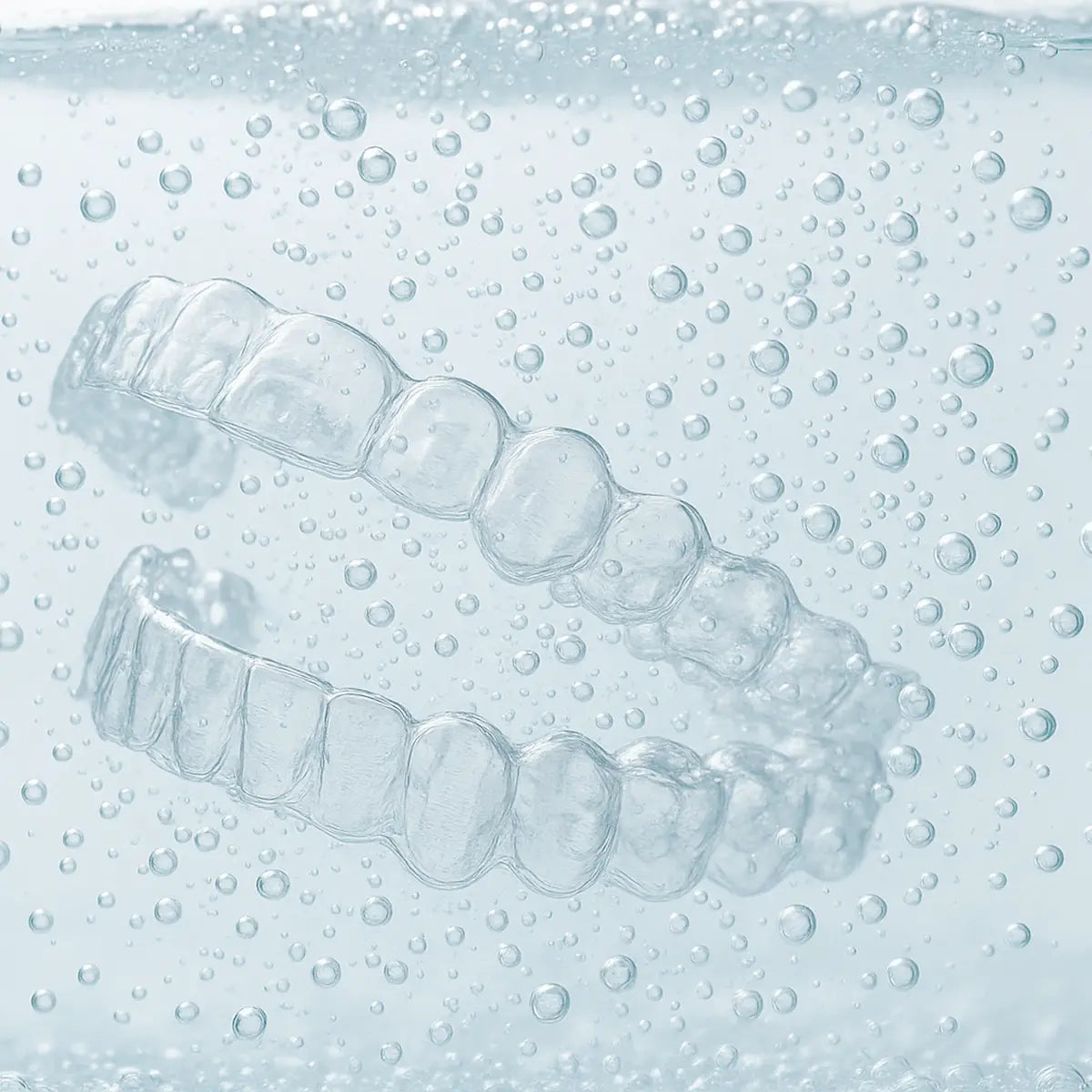
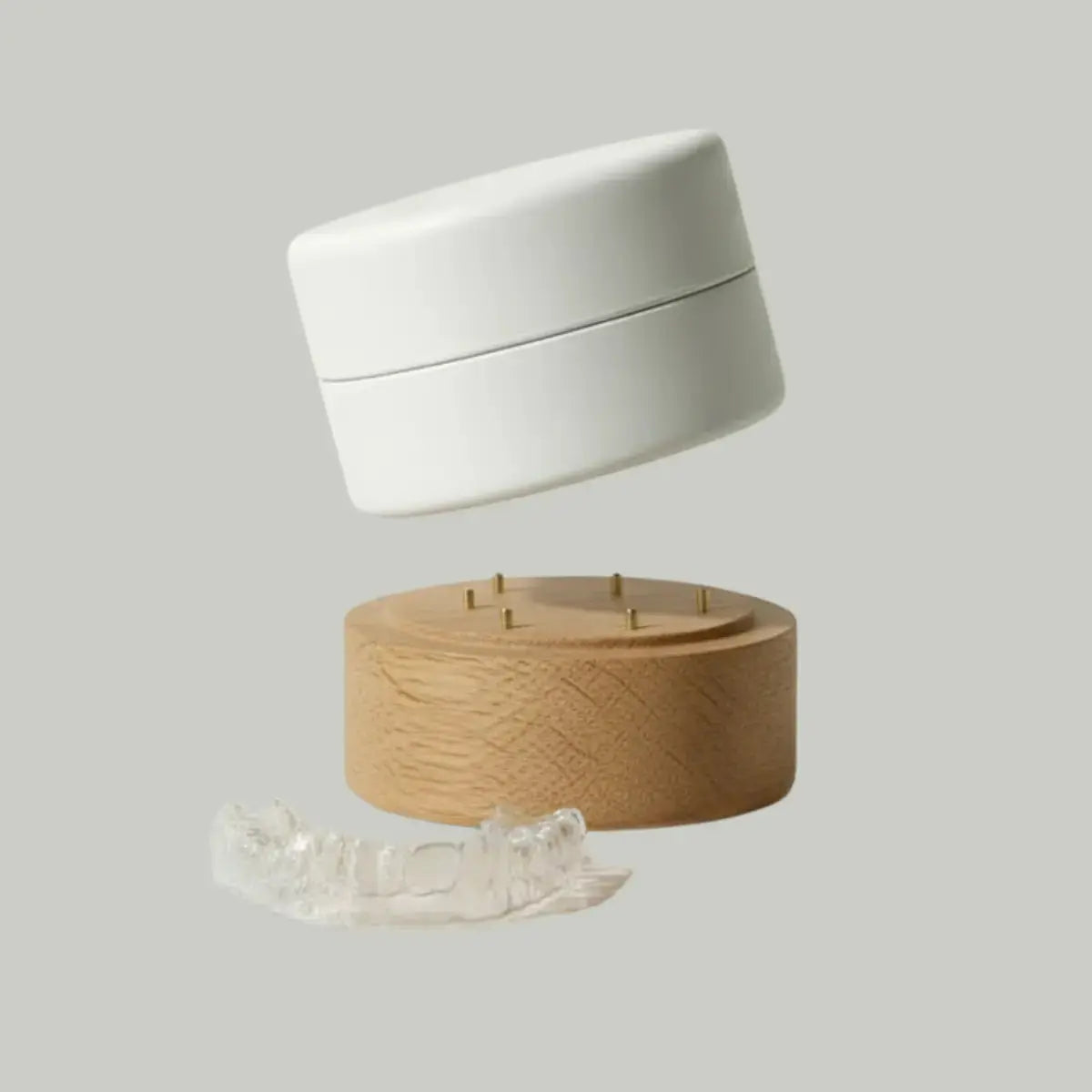
Leave a comment
This site is protected by hCaptcha and the hCaptcha Privacy Policy and Terms of Service apply.